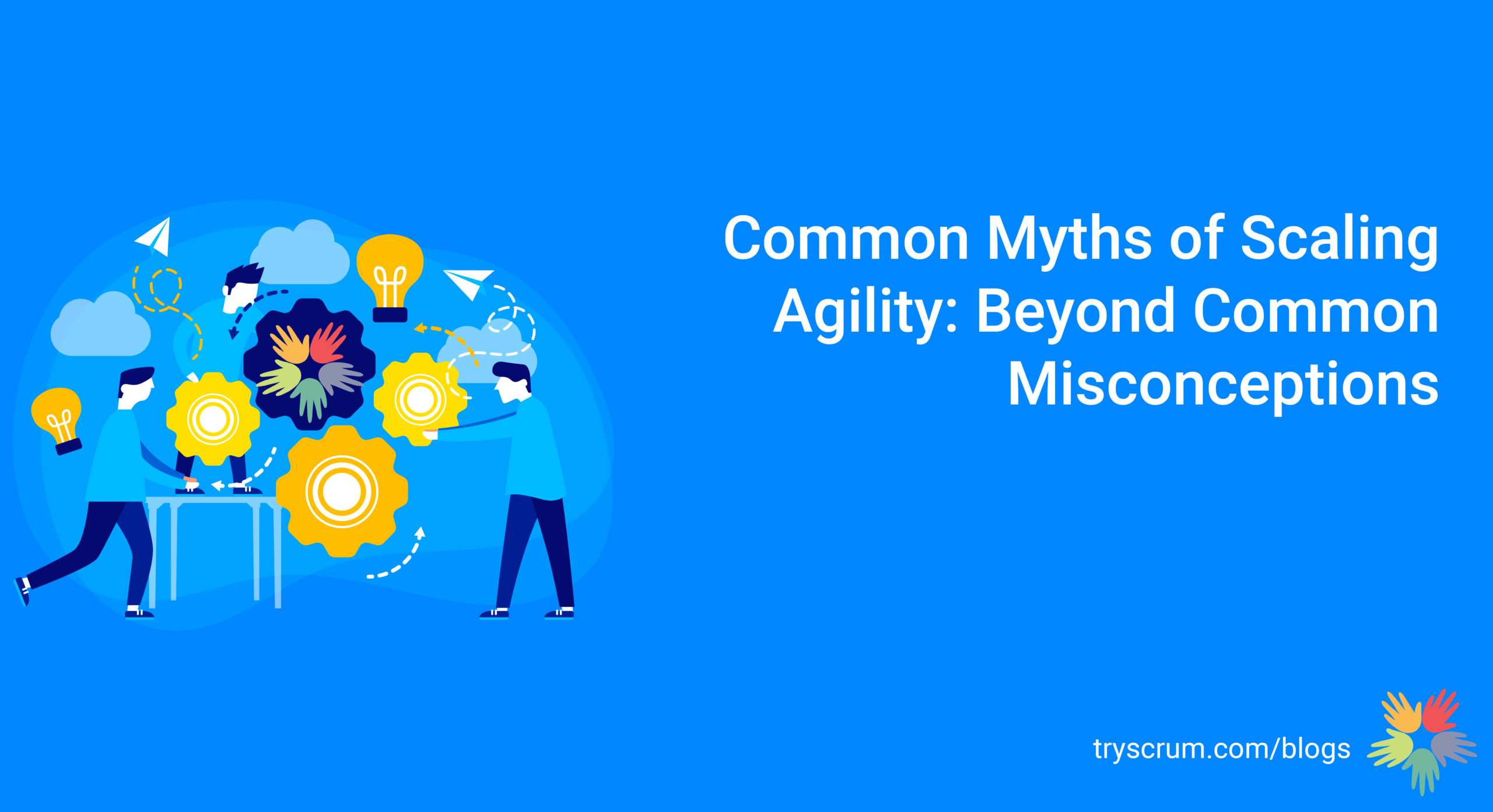
Agile Principles in Organisation Agility - Part 1
Almost everyone in the industry is aware of the Agile manifesto and 12 Agile Principles, and it was formed based on the software development context.
Even though it was formed in 2001, it is much more applicable in the current VUCA (Volatility, Uncertainty, Complexity, Ambiguity) world. The Principles are more than a guiding force to be adaptable for the ever-changing world.
“NO MATTER HOW YOU LOOK AT IT, THE WORLD CONTINUES TO CHANGE FASTER.” — John Kotter
The rate at which the world changes is much more rapid than ever. People’s preferences on education, clothing, food, commuting — there is very little in the world that is not changing. When all these are coupled with Technology, it gets multifold. That’s why there is a need for organisations to be more adaptable than ever. We have classic case studies from Kodak, Nokia, Blackberry, Blockbuster, which provides a pattern — Lack of organisational Agility. Of course, we may disagree, but I believe that the goal is not to become an agile organisation but to become a responsive organisation that I refer to as “Agile” in my article.
Organisation Agility — To the bearest minimum, it is how the organisation adapts to change — Nimbler at the same time stabler.
For this, the organisation must have an awareness of guiding forces that will help move towards agility. If we consider the Agile Principles a guiding force for Agility, can the organisations become Agile by following it?
Even though the 12 Agile Principles are open and are the same for every organisation, not every organisation embraces it to the level needed to create value for themselves. I like to relate it to human evolution. We are in the 21st century but when you look back human being evolved but not at the same pace.
That’s why an organisation trying to adapt the principles for the sake of adapting gets into the trap of “Doing Agile”, and soon runs out of steam. An organisation needs the right mindset to embrace it to move towards “Being Agile”. To inculcate the attitude, one needs to start from the behaviour change.
This is where the 4 values in Agile Manifesto will help.
Individuals and Interactions over Processes and Tools
People are the building blocks of an Organisation, not the bricks. One has to acknowledge this fact and need to be intentional about it — Humanizing Organisations.
It has been common to think that people are considered skilled resources and easily replaceable with similar professional resources, like replacing parts in machines when at fault. It did work in the last century with work nature being more linear. With software invading all the possible industries, the work nature turned complex, and it demands creative skills coupled with the knowledge. This is where most organisations get into the trap of sticking to the old behaviour in the new era. Since the world is evolving rapidly, the Organisation’s should grow its behaviour to remain competitive.
In Management 3.0, Jurgen Appello has called “Doing the right thing” means acting consistently with the core belief.
I am taking the Individuals and Interactions and its alignment with the agile principles. (Listed in the visual representation below) to be one of the core beliefs for Agility.
Preferences for Individuals and Interactions!In line with this, an organisation has to create an environment for people to exhibit the needed behaviour. For it to happen, the organisation has to optimise as a whole rather than individual parts.
To start with, an organisation has to start naming people as people rather than resources. The word resources lack empathy. As a leader, one has to begin empathising the people.
Few must address considerations for organisations,
- About Daniel Pink’s study post taking care of the basic needs, these are the standard expectations for people to keep up their motivation — Providing a Common purpose for people to align, Providing at least some level of Autonomy to experiment and fail, Creating Challenges for people to master their art
- Next is allowing people to know each other to build trust and enabling them to collaborate, rather than controlling them and making them hostile
- Creating a safer environment to challenge each other to hold people accountable among their peers
- They are then creating opportunities to reflect on their actions and adjust behaviours accordingly
Of late, organisations acknowledge that emotional intelligence is needed in people to deal with challenging environments and other professional skills.
Few classic pitfalls below,
- Organisations advocate teamwork, but the performances are still appraised individually — No common purpose
- Organisation expects team accountability, but failures are accounted on individuals — No Autonomy
Customer collaboration over contract negotiation
Customer-centric businesses are the future of markets, and it is predicted that the competitiveness of companies shortly will be determined the longevity of the users.
When talking about a customer-centric approach, one cannot move away from mentioning the analogy using Copernicus thesis. In astronomy, the Copernican Revolution changed the view from the Sun revolving around the Earth, to Earth is one of many planets revolving around the Sun.
In organisation terms, traditionally, it was believed that customers revolve around the organisation to receive value. But with the rapid evolution in Technology and People preferences, it is reversed to view that an organisation is one of many organisations revolving around the customer.
For an organisation to thrive and survive, it has to be nimble enough to adapt to customer needs while shrewd enough to make decisions to be sustainable.
This is where the organisations fall into the trap of thinking this to be as simple as collaborating with customers. It has to start from changing the thinking from the existence of an organisation, say Mission. Traditionally organisations had a mission, and they try to deliver value which is consumed by users. In the modern era to exist and be competitive in the market, an organisation should have a strong case for solving or serving the customer needs.
No denying that collaboration with the customer is the way, but the success lies how far as an organisation are we doing it. We are good at solving the case by creating a hierarchy and the customer representatives being at the topmost layer in the order taking all the decisions is another trap.
The people that are actually building the work should mostly be interacting with the end-user. They are the ones who are closer to the users’ situation and can empathise better to provide an appropriate solution.
The point here is that organisations have to systemically look at providing preferences to people and then collaborate with end-users. Organisations don’t have to give equal power to everyone. In other words, everyone need not have equal power, but everyone should have some power. It is also referred to as distributed control — Letting people decide within boundaries.
My hope is, As much as an organisation creates an environment where the transparent interaction between the end-user and the people that are building the work happens, it would make an organisation truly agile. At the same time, it will be sustainable for a long time as trust is built inherently.
In the next blog, I would be touching upon the next set of Agile values and Principles. Stay tuned.




